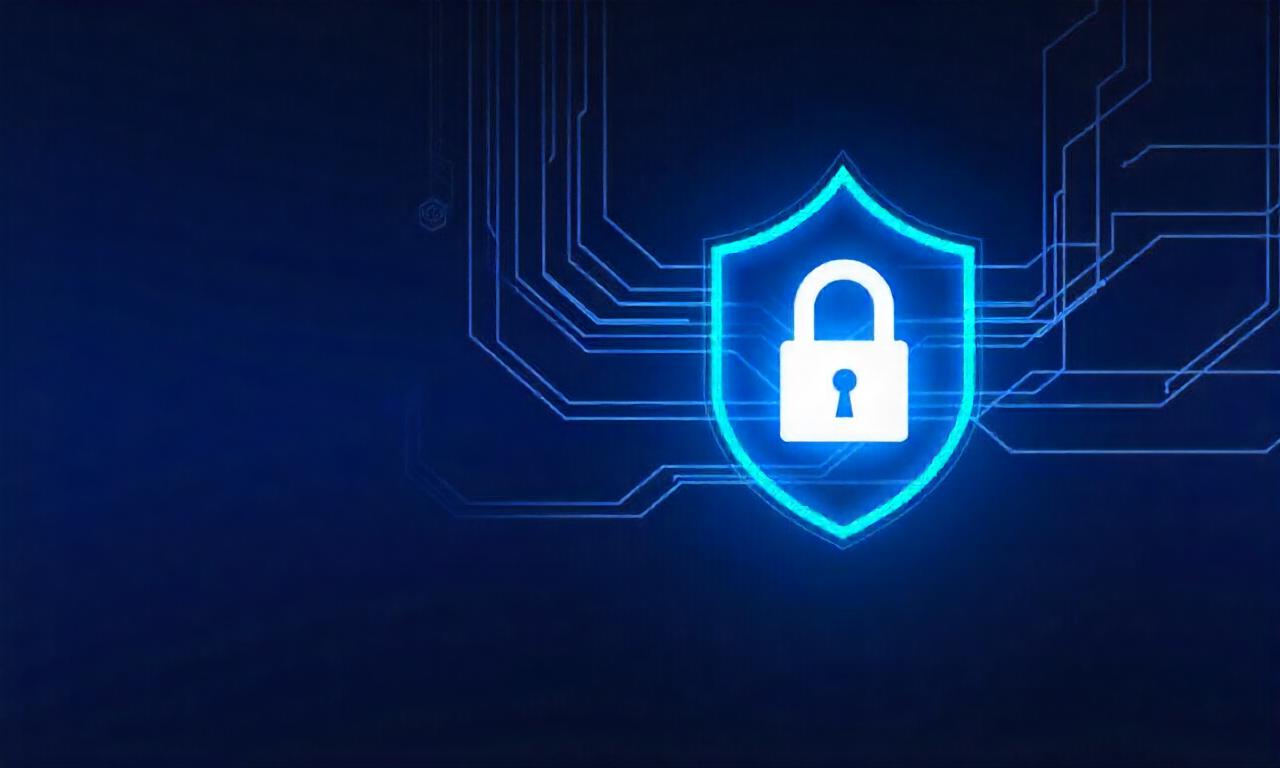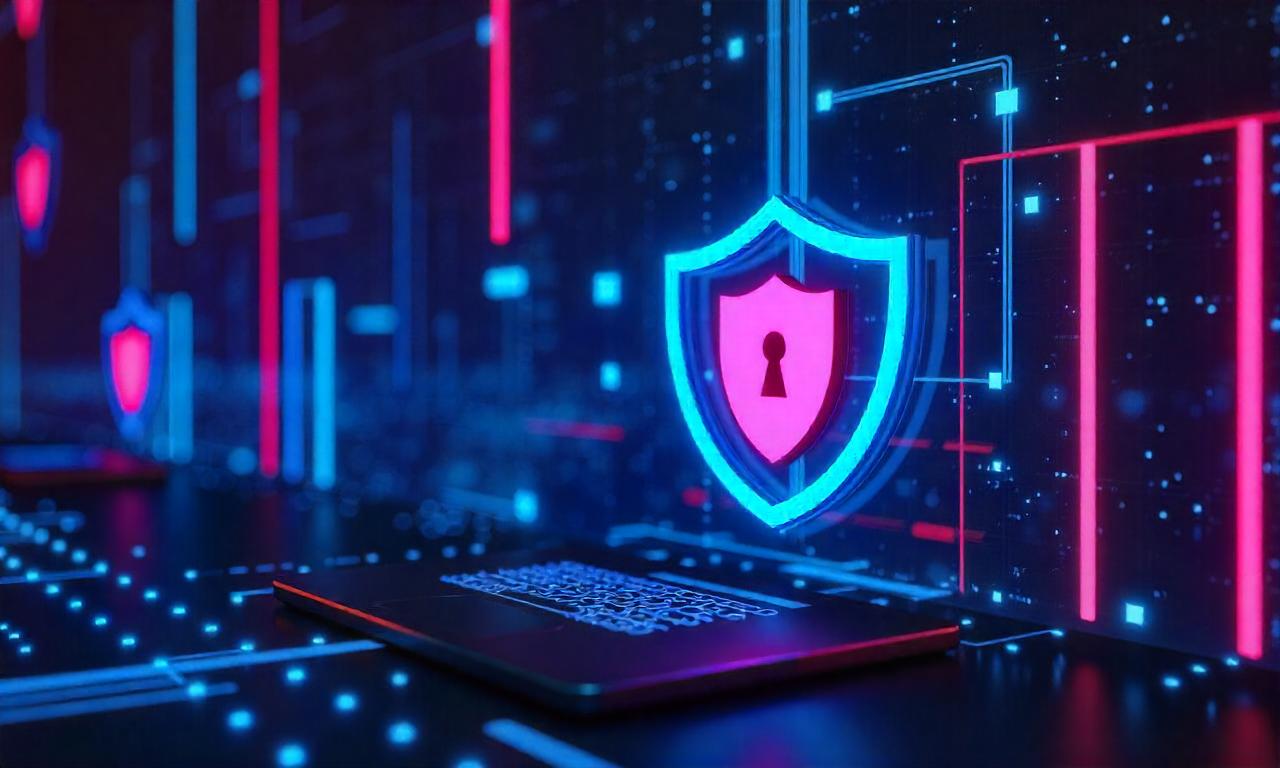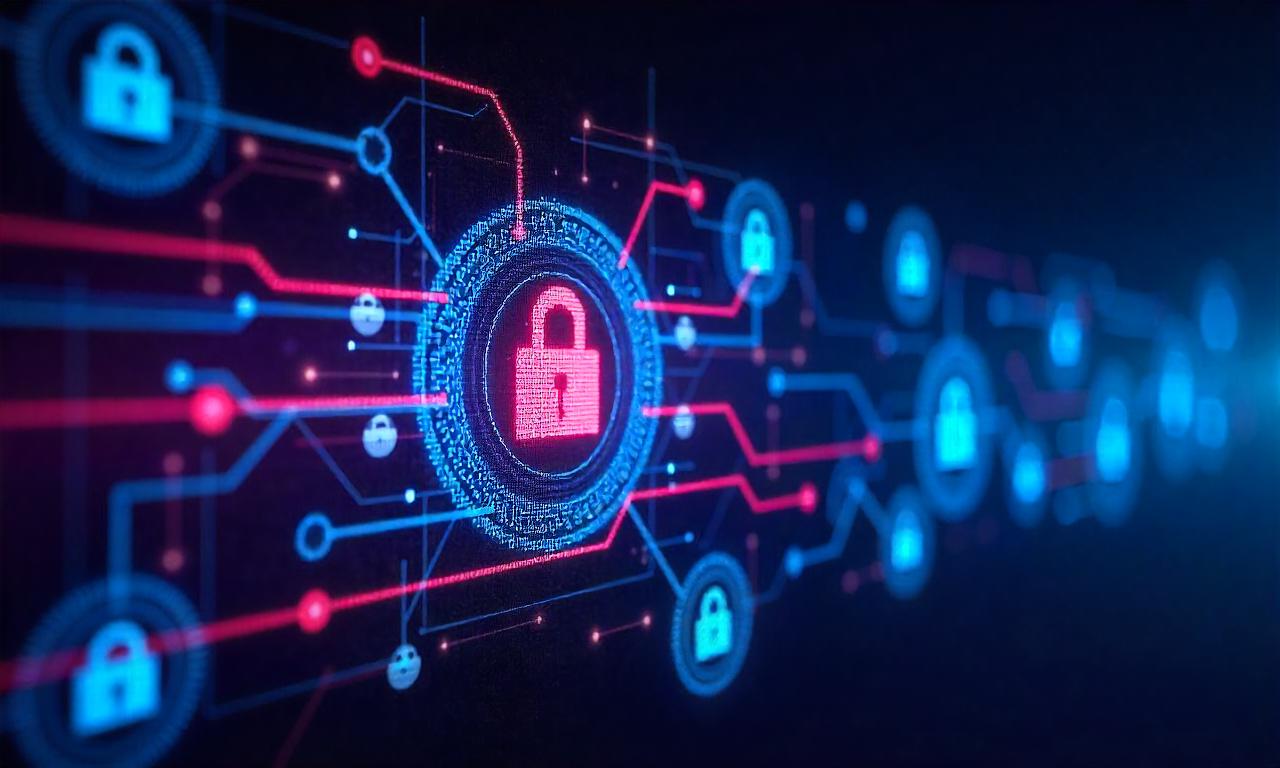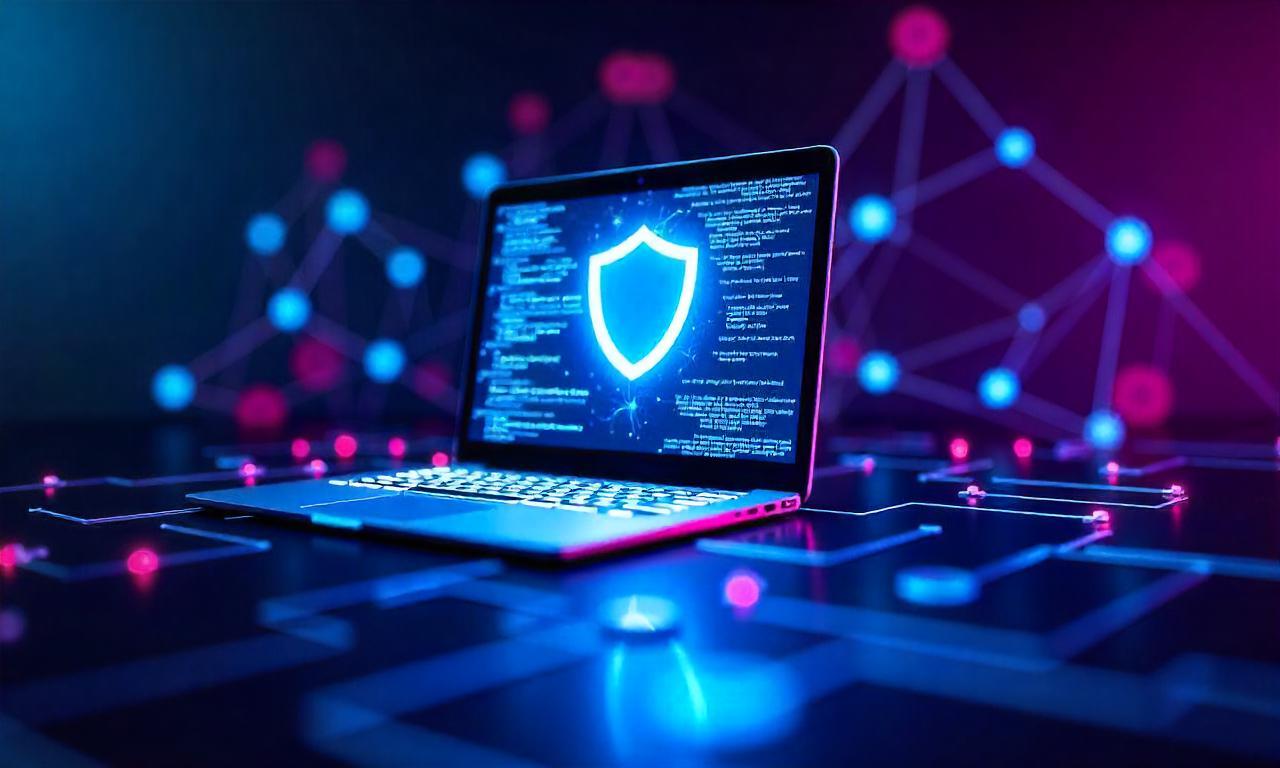In today's rapidly evolving digital landscape, current cybersecurity news updates are more critical than ever. With the rise of AI-driven cyberattacks, quantum computing threats, and the increasing sophistication of ransomware, businesses and individuals must stay vigilant to protect their data and systems. This article provides a comprehensive overview of the latest developments in the cybersecurity field, highlighting the most pressing threats and actionable strategies to combat them. Whether you're a business owner, IT professional, or everyday user, understanding these trends will help you safeguard your digital assets in 2023 and beyond.
Table of Contents
ToggleRecent Cybersecurity Trends
AI-Driven Cyberattacks Are on the Rise
The integration of Artificial Intelligence (AI) into cybersecurity has transformed both defense and offense. In recent months, AI-powered tools have been increasingly used by cybercriminals to automate attacks, predict vulnerabilities, and even generate convincing phishing emails. According to a report by the Ponemon Institute, AI-driven cyberattacks increased by 32% in 2023, with attackers leveraging machine learning algorithms to bypass traditional security measures.
One of the most notable trends is the use of Generative AI (GenAI) in crafting targeted cyber threats. Attackers now use models like GPT-4 to create highly personalized phishing campaigns, mimicking the writing style of trusted contacts or even generating fake login pages. This makes it harder for users to detect scams, as the emails and messages appear more legitimate than ever. Additionally, AI is being used to speed up the process of exploiting zero-day vulnerabilities, reducing the time between discovery and attack.
To counter these threats, organizations are adopting AI-based security solutions that can detect anomalies in real-time. For example, AI-powered threat detection systems are now capable of analyzing vast amounts of data to identify potential risks before they escalate. Companies like Darktrace and CrowdStrike have developed platforms that use machine learning to adapt to new threats and protect networks proactively.
Ransomware Evolves with Multi-Stage Attacks
Ransomware remains one of the most pervasive threats in the cybersecurity world, but its evolution has become more complex in 2023. Attackers are no longer content with simple encryption schemes; they now use multi-stage ransomware attacks that combine data exfiltration, lateral movement, and phishing to maximize damage.
A recent surge in double extortion ransomware has raised concerns among enterprises. This type of attack not only encrypts data but also threatens to leak it unless a ransom is paid. The Colonial Pipeline incident in May 2023 is a prime example, where attackers used a double extortion strategy to demand $4.4 million in Bitcoin while threatening to release sensitive operational data. The attack disrupted fuel supply across the southeastern United States, underscoring the real-world impact of ransomware.
To combat this, many organizations are investing in endpoint detection and response (EDR) tools that can monitor and isolate infected devices. Additionally, the use of multi-factor authentication (MFA) has become a standard practice to reduce the risk of initial access through phishing.
IoT Vulnerabilities Expand with More Connected Devices
The proliferation of Internet of Things (IoT) devices has created new opportunities for cyberattacks. In 2023, there was a significant increase in attacks targeting IoT ecosystems, particularly in smart homes, healthcare, and industrial sectors. A Cisco report highlighted that IoT-related security incidents grew by 42% compared to 2022, with many devices lacking robust authentication protocols.
The Mirai botnet attack in 2016 was a wake-up call for IoT security, but newer threats are even more sophisticated. Attackers now exploit default credentials, unpatched firmware, and weak encryption to gain unauthorized access. For instance, in early 2023, a smart thermostat hack allowed cybercriminals to manipulate energy consumption and even disable heating systems in residential buildings.
To address this, manufacturers are increasingly adopting security-by-design principles, ensuring that devices come with secure defaults. Meanwhile, users are advised to change default passwords, update firmware regularly, and segment IoT devices on separate networks to minimize the attack surface.
Emerging Cybersecurity Threats
Zero-Day Exploits Target Critical Infrastructure
Zero-day vulnerabilities continue to be a major concern for cybersecurity professionals. These are security flaws that are unknown to the software vendor and can be exploited immediately. In 2023, zero-day exploits were used in attacks on critical infrastructure, such as power grids, water treatment plants, and transportation systems.
One of the most alarming examples was the SolarWinds supply chain attack in early 2023, which exploited a zero-day vulnerability in the Orion platform to compromise government and corporate networks. The attack, which had been initially uncovered in 2020, demonstrated how attackers can weaponize unpatched software to access sensitive information. The National Security Agency (NSA) also reported a rise in zero-day attacks targeting 5G networks, as these systems become more integrated into everyday life.
To mitigate zero-day threats, organizations are implementing zero-trust architecture (ZTA), which assumes that no user or device is inherently trusted. ZTA requires continuous verification of identities and devices, reducing the risk of exploitation. Additionally, patch management automation has become essential for ensuring that vulnerabilities are addressed before attackers can exploit them.
Supply Chain Attacks Become More Targeted and Stealthy
Supply chain attacks, where cybercriminals infiltrate systems by targeting third-party vendors, have become more refined in 2023. Attackers are now using multi-layered supply chain strategies to bypass traditional defenses and remain undetected for longer periods.
A notable trend is the rise of third-party component attacks, where vulnerabilities in open-source libraries or software updates are exploited. For example, the Kaseya VSA attack in July 2023 targeted a widely used IT management platform, allowing attackers to compromise over 1,500 businesses in just a few hours. The attack exploited a single vulnerability in the VSA software, highlighting the importance of monitoring all components in the supply chain.
To defend against these attacks, businesses are adopting application security testing (AST) and continuous monitoring tools. These measures help identify vulnerabilities in software before they are deployed. Additionally, multi-step verification processes for software updates are being implemented to reduce the risk of malicious code slipping through.
Insider Threats Grow More Sophisticated
While external threats remain a priority, insider threats have also gained traction in 2023. Employees and contractors with access to sensitive data are now being trained or manipulated to carry out targeted attacks.
The Colonial Pipeline incident is not the only example; in March 2023, a healthcare worker in the UK was recruited by cybercriminals to steal patient data, which was later sold on the dark web. The attack demonstrated how social engineering tactics can be used to turn insiders into unwitting accomplices.
Organizations are responding by implementing user behavior analytics (UBA) tools that can detect unusual activity patterns. These systems monitor user behavior to identify potential threats before they escalate. Additionally, phishing simulations are being used to train employees to recognize and report suspicious messages.
Real-World Cybersecurity Examples
The Healthcare Sector Faces a Major Data Breach
In February 2023, a major data breach at a US healthcare provider exposed the personal and medical records of over 12 million patients. The breach was caused by a phishing attack that compromised an employee’s credentials, allowing attackers to access the organization’s database.
The incident highlights the increasing sophistication of cyber threats in the healthcare industry. Attackers used AI-generated phishing emails to target specific staff members, making the attack appear more credible. The breach not only affected patient privacy but also led to a ransomware attack that disrupted critical services for several days.
To prevent such breaches, healthcare organizations are now prioritizing data encryption, multi-factor authentication, and regular security audits. These measures help ensure that sensitive data remains protected even if an employee’s account is compromised.
Financial Institutions Targeted by Ransomware
The financial sector has become a prime target for ransomware attacks in 2023, with several banks and fintech companies falling victim to cybercriminals. In April 2023, a large multinational bank in Europe was hit by a ransomware attack that encrypted its customer data and disrupted online banking services for over a week.
The attack was attributed to a criminal group using ransomware-as-a-service (RaaS), which allows even less-skilled hackers to launch sophisticated attacks. This trend is particularly concerning for financial institutions, as the downtime and data loss can lead to significant financial and reputational damage.
To recover from the attack, the bank had to pay a ransom of $20 million and then invest in backup systems to restore data. The incident also led to increased regulatory scrutiny, with authorities pushing for stricter cybersecurity compliance in the financial sector.
Expert Insights on Current Cybersecurity Challenges
AI and Machine Learning Are Redefining Cybersecurity Defense
Cybersecurity experts emphasize that AI and machine learning are no longer just tools for offense but also for defense. According to a Gartner report, AI-driven security systems can reduce the time to detect and respond to threats by up to 70%.
One of the key benefits of AI is its ability to analyze vast amounts of data in real-time, identifying patterns that humans might miss. For example, AI-powered anomaly detection systems can flag unusual login attempts or data transfers, alerting security teams to potential breaches. However, experts warn that AI can also be a double-edged sword, as attackers are developing AI-based tools to automate and enhance their attacks.
To maximize the benefits of AI, organizations are integrating AI with human oversight, ensuring that automated systems are not entirely relied upon. This hybrid approach helps balance efficiency with accuracy in threat detection.
The Human Factor Remains a Critical Weakness
Despite advancements in technology, human error continues to be a major vulnerability in cybersecurity. A 2023 study by IBM found that 90% of cybersecurity breaches involved some form of social engineering.
Experts stress that employee training is essential in reducing the risk of human-based attacks. Programs that simulate phishing attempts and teach employees how to recognize suspicious activity can significantly lower the likelihood of successful breaches. Additionally, password managers and biometric authentication are being adopted to reduce the chances of credential theft.
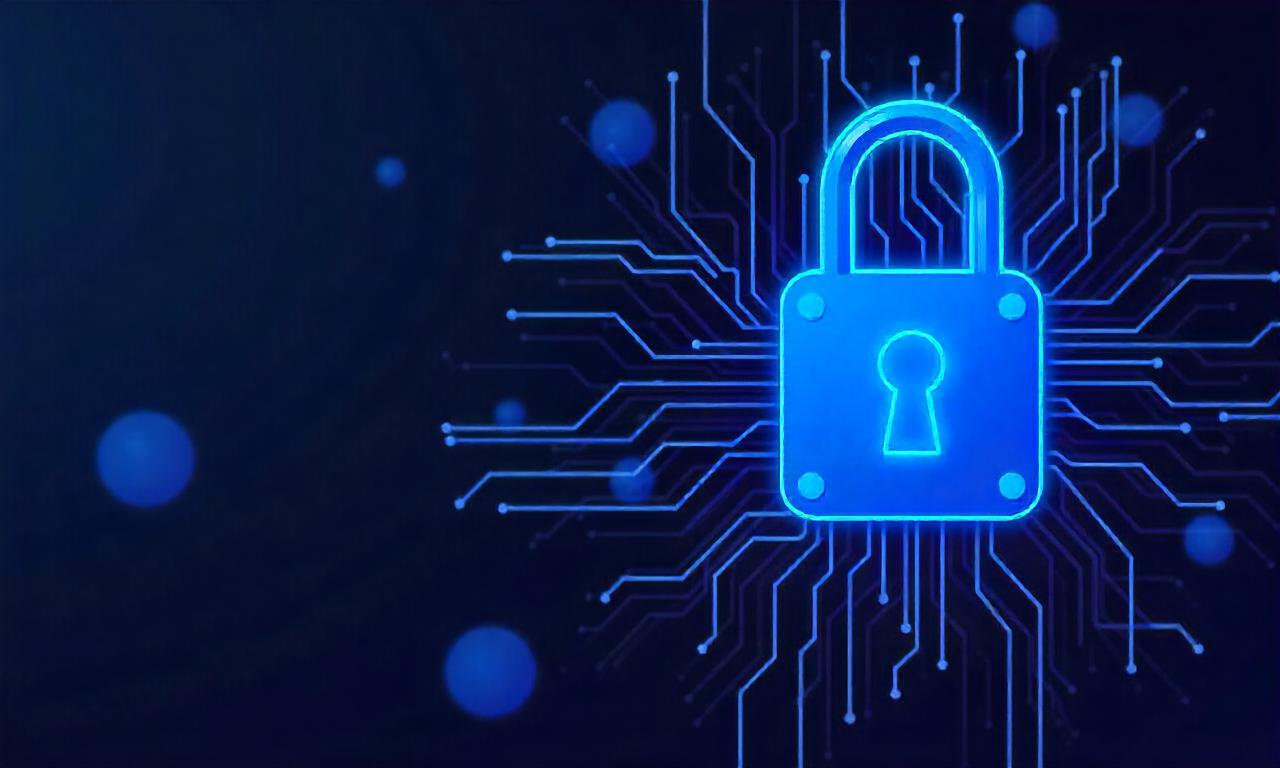
The NIST Cybersecurity Framework also highlights the importance of continuous education for employees, ensuring that they are aware of the latest threats and best practices for protecting sensitive data.
Collaboration Between Governments and Private Sector Is Crucial
Cybersecurity experts agree that cross-sector collaboration is vital in combating large-scale cyber threats. In 2023, international partnerships such as the Cybersecurity Tech Accord have been strengthened to share threat intelligence and coordinate responses to global attacks.
The Colonial Pipeline incident led to government intervention, with the Department of Homeland Security (DHS) working closely with the company to contain the breach. This collaboration included real-time monitoring of network traffic and rapid response protocols to minimize damage.
Experts also recommend public-private partnerships to develop shared cybersecurity standards and improve incident response times. These alliances help ensure that threat intelligence is disseminated quickly across industries, reducing the risk of repeated attacks.
Future Cybersecurity Predictions
Quantum Computing Will Revolutionize Cybersecurity
Quantum computing is poised to become a game-changer in the cybersecurity field. While it offers the potential to break traditional encryption methods, it also presents new opportunities for secure communication.
Experts predict that quantum-resistant algorithms will be developed by 2025 to counter the risks posed by quantum computing. These algorithms will be designed to withstand quantum attacks, which can decrypt data in seconds using Shor’s algorithm. The National Institute of Standards and Technology (NIST) is already working on quantum-safe encryption standards, ensuring that businesses and governments are prepared for the future.
The transition to quantum-resistant cryptography will require significant investment, but it is necessary to protect sensitive data in the coming years. Organizations are advised to start quantum readiness assessments now to identify potential vulnerabilities.
Blockchain Security Will Face New Challenges
Blockchain technology is often praised for its immutability and transparency, but in 2023, it has also become a target for cybercriminals. The rise of decentralized finance (DeFi) platforms has led to increased attacks on smart contracts, which can be exploited to steal funds or manipulate transactions.
One of the biggest risks to blockchain security is 51% attacks, where attackers control more than half of the network’s mining power to alter transaction records. In 2023, multiple 51% attacks were reported on smaller cryptocurrency networks, raising concerns about the security of decentralized systems.
To address these threats, developers are implementing multi-signature wallets and auditing tools to detect and prevent fraudulent activities. Additionally, quantum-resistant blockchains are being explored as a long-term solution to future-proofing the technology.
AI-Driven Cybersecurity Solutions Will Become More Prevalent
As cyberattacks grow more sophisticated, AI-driven cybersecurity solutions will play a pivotal role in defense. By 2025, AI is expected to handle over 80% of threat detection tasks, significantly reducing the response time for security teams.
The AI-based security tools will also enable real-time threat analysis and predictive analytics, allowing organizations to anticipate and prevent attacks before they occur. For example, AI-powered security dashboards will provide instant insights into network activity, flagging potential threats with minimal human intervention.
However, experts warn that AI can also be used by attackers to create more advanced and undetectable threats. This means that AI will need to evolve alongside cyber threats to maintain a balance between offense and defense.
The Impact of Remote Work on Cybersecurity
Increased Attack Surface Due to More Devices
The shift to remote work has expanded the attack surface for cybercriminals. With employees accessing company networks from home devices, public Wi-Fi, and personal laptops, the risk of data breaches has significantly increased.
According to a Ponemon Institute survey, 72% of organizations reported more security incidents in 2023 due to the increased use of remote devices. The Home Working Revolution has also led to poor network security, as many employees use unsecured home routers or inadequate firewall configurations.
To address this, zero-trust architecture is being implemented to verify every user and device before granting access. This approach ensures that even remote users are subject to the same security protocols as on-site employees.
Cybersecurity Training for Remote Employees Is Now Essential
Remote work has also highlighted the need for comprehensive cybersecurity training. Employees who work from home are often more susceptible to social engineering attacks, such as phishing emails and fake login pages.
In response, many organizations have introduced mandatory cybersecurity training programs for remote workers. These programs focus on recognizing phishing attempts, securing home networks, and reporting suspicious activity. Additionally, virtual private networks (VPNs) and multi-factor authentication (MFA) are being used to enhance remote access security.
The Microsoft 365 Security Report emphasized that trained remote employees are 30% less likely to fall for phishing scams, underscoring the importance of ongoing education in cybersecurity.
FAQ: Common Questions About Current Cybersecurity News
Q: What are the most common current threats in 2023?
A: The most common threats in 2023 include AI-driven phishing, zero-day exploits, supply chain attacks, and ransomware attacks. Additionally, insider threats have become more sophisticated, with attackers using social engineering tactics to manipulate employees.
Q: How can individuals protect themselves from cyber threats?
A: Individuals can protect themselves by using strong passwords, multi-factor authentication (MFA), and security software. It is also important to keep devices updated, avoid clicking on suspicious links, and use secure Wi-Fi networks when working remotely.
Q: What role does AI play in cybersecurity?
A: AI is used in both offensive and defensive cybersecurity. Attackers use AI to create more convincing phishing emails and automate attacks, while defenders use AI for threat detection, anomaly analysis, and predictive analytics. AI can significantly improve response times and reduce the risk of breaches.
Q: Are supply chain attacks more dangerous than traditional attacks?
A: Supply chain attacks can be more dangerous because they often target third-party vendors and exploit vulnerabilities in trusted systems. These attacks can compromise entire networks in a short period, making them particularly challenging to detect and mitigate.
Q: What steps can businesses take to improve their cybersecurity resilience?
A: Businesses can improve their cybersecurity resilience by adopting zero-trust architecture, implementing AI-driven security tools, conducting regular security audits, and training employees on phishing and social engineering. Additionally, backing up data and updating software regularly is essential for minimizing damage in the event of an attack.
Conclusion
In summary, the current cybersecurity news updates reveal a landscape where technological advancements are both a blessing and a curse. While AI, quantum computing, and blockchain offer new security solutions, they also present unique vulnerabilities that cybercriminals are exploiting. The increase in ransomware, supply chain attacks, and zero-day exploits underscores the need for proactive defense strategies.
By staying informed about the latest threats and implementing robust cybersecurity measures, individuals and organizations can protect their digital assets. Cybersecurity training, AI-driven tools, and zero-trust architecture are just a few of the strategies that can be employed to combat evolving threats.
As we move forward, continuous adaptation and collaboration between sectors will be crucial in maintaining a secure digital environment. Keeping up with the latest cybersecurity news is not just a best practice—it's a necessity in today’s interconnected world.
Table: Major Cybersecurity Incidents in 2023
| Incident | Date | Threat Type | Impact |
|---|---|---|---|
| Colonial Pipeline Ransomware | May 2023 | Ransomware (Double Extortion) | 1,500+ businesses affected; $4.4 million paid |
| SolarWinds Zero-Day Attack | July 2023 | Zero-Day Exploit | Critical infrastructure compromised |
| Healthcare Data Breach | February 2023 | Phishing + Ransomware | 12 million patient records exposed |
| 51% Blockchain Attacks | June 2023 | DeFi + Smart Contract Exploits | Multiple smaller networks targeted |
| Retail Data Leak | October 2023 | Insider Threat + IoT Exploits | 5 million customers’ data stolen and sold |
Summary
This article explores the latest cybersecurity news updates and highlights the current threats that organizations and individuals face in 2023. From AI-driven attacks to quantum computing risks, the cybersecurity landscape is constantly evolving, requiring proactive measures to stay ahead. The increase in ransomware, supply chain attacks, and zero-day exploits shows the critical need for robust security strategies.
Key takeaways include the importance of AI in both offense and defense, the growing sophistication of insider threats, and the impact of remote work on cybersecurity. By implementing zero-trust architecture, enhancing employee training, and adopting predictive security tools, businesses can improve their resilience against emerging cyber threats. Staying informed about current cybersecurity news updates is essential for maintaining a secure digital environment in an increasingly connected world.



